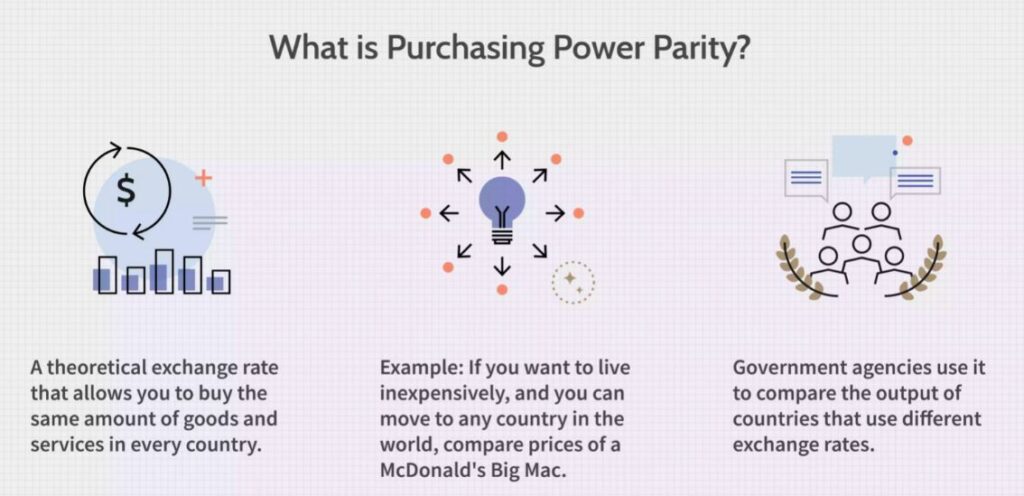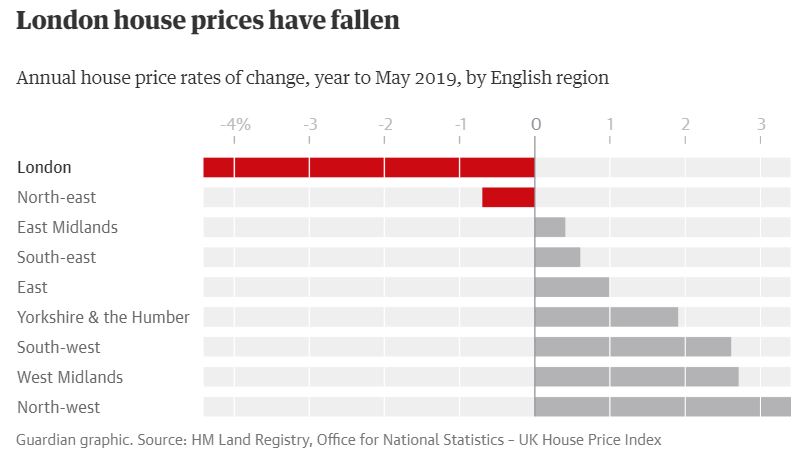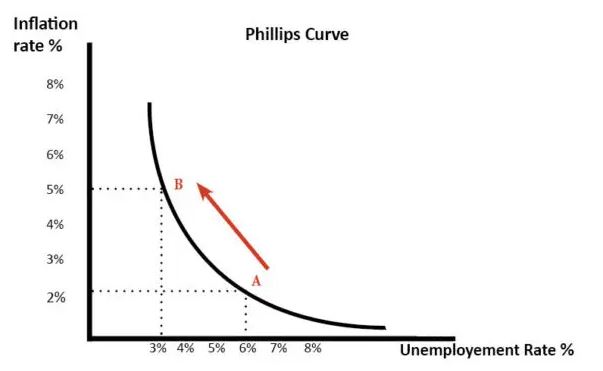Sample Economics Dissertation Topics for 2024 – Selecting a topic for an economics dissertation is a critical step that can significantly influence the direction and impact of your research. A well-chosen topic not only aligns with your interests but also contributes to the existing body of economic knowledge. Here, we present an extensive list of sample economics dissertation topics designed to inspire and guide your academic journey. These topics cover a diverse range of economic issues, ensuring that you can find a subject that suits your expertise and research goals.
Global Economic Challenges and Opportunities
1. The Role of Cryptocurrency in Modern Financial Systems
Cryptocurrency has emerged as a transformative force in the financial sector. This topic examines the implications of cryptocurrencies on global financial markets, considering factors such as investment strategies, regulatory challenges, and market volatility.
2. The Economic Impact of Artificial Intelligence and Automation
Artificial Intelligence (AI) and automation are reshaping industries worldwide. Investigating this topic involves analysing the economic benefits and potential drawbacks of AI, including its effects on productivity, employment, and sectoral growth.
3. Climate Change Economics: Costs and Mitigation Strategies
Climate change presents significant economic challenges. This dissertation could explore the economic costs associated with climate change and the effectiveness of various mitigation strategies, such as renewable energy investments, carbon pricing, and sustainable development initiatives.
Regional and National Economic Studies
4. Post-Brexit Economic Policies and Their Impact on the UK and EU
Brexit has introduced substantial economic uncertainties. This topic involves a comprehensive analysis of the economic consequences of Brexit on trade, immigration, and financial stability in both the UK and the EU.
5. Drivers of Economic Growth in Emerging Economies
Understanding the factors that drive economic growth in emerging economies is crucial. This dissertation could explore aspects such as foreign direct investment, infrastructure development, and policy reforms that contribute to sustainable economic growth in these regions.
6. Governmental Response to Economic Crises: Lessons from COVID-19
The COVID-19 pandemic has had a profound impact on global economies. This topic examines the effectiveness of governmental responses to the economic crisis, focusing on fiscal and monetary policies, and support measures for small and medium-sized enterprises (SMEs).
Sectoral Economic Analyses
7. Evaluating the Efficiency of Healthcare Systems
Healthcare systems play a critical role in economic stability. This dissertation could compare the efficiency of different healthcare models, evaluating public versus private healthcare systems and the economic implications of healthcare reforms.
8. The Economic Impact of Tourism in Developing Countries
Tourism is a vital economic driver for many developing nations. This topic investigates the benefits and challenges of tourism, including its impact on local economies, employment rates, and infrastructure development, as well as the influence of global events on tourism trends.
9. The Automotive Industry: Economic Contributions and Challenges
The automotive industry is pivotal for economic growth and innovation. This dissertation could explore the industry’s contributions to economic development, the effects of globalisation, trade policies, and environmental regulations on automotive manufacturing and sales.
Financial Economics and Market Dynamics
10. Behavioural Economics: Understanding Consumer Decision-Making
Behavioural economics provides insights into how psychological factors influence economic decisions. This topic could analyse consumer behaviour patterns, the impact of cognitive biases on financial decisions, and strategies to enhance financial literacy.
11. The Role of Financial Institutions in Maintaining Economic Stability
Financial institutions are crucial for economic stability. This dissertation could investigate the roles of banks, investment firms, and regulatory bodies in preventing financial crises, ensuring market liquidity, and fostering sustainable economic growth.
12. Analyzing Stock Market Volatility and Its Economic Implications
Stock market volatility has significant economic repercussions. This topic could explore the causes of market fluctuations, the role of investor sentiment, and the effectiveness of various risk management strategies in mitigating volatility.
International Trade and Economic Policies
13. Trade Wars: Economic Impacts and Global Consequences
Trade wars can disrupt global economic relations. This dissertation could investigate the economic impacts of trade conflicts between major economies, focusing on tariffs, supply chain disruptions, and shifts in global trade patterns.
14. The Impact of Trade Liberalisation on Developing Economies
Trade liberalisation aims to promote economic growth by reducing trade barriers. This topic could explore the effects of trade liberalisation on developing economies, considering the opportunities for growth and the challenges posed by increased competition and market integration.
15. The Economics of International Aid and Development
International aid is critical for the development of impoverished regions. This dissertation could examine the effectiveness of aid programmes, the economic benefits of aid, and potential issues such as dependency and the misallocation of resources.
Labour Economics and Employment Trends
16. The Gig Economy: Opportunities and Challenges
The gig economy is altering traditional employment patterns. This topic could analyse the economic implications of gig work on labour markets, wage structures, job security, and worker rights, highlighting both the benefits and challenges of this employment model.
17. Gender Wage Gap: Economic Analysis and Policy Solutions
The gender wage gap remains a persistent issue in many economies. This dissertation could investigate the factors contributing to wage disparities, the economic impact of wage inequality, and potential policy interventions to promote gender pay equity.
18. Future Employment Trends: Automation and the Workforce
Automation is expected to have a significant impact on future employment trends. This topic could explore how automation affects job displacement, skill requirements, and labour market dynamics, offering insights into how economies can adapt to technological advancements.
Environmental and Resource Economics
19. Economic Benefits and Challenges of Renewable Energy Adoption
Renewable energy is essential for sustainable economic development. This dissertation could examine the economic benefits and challenges of transitioning to renewable energy sources, considering factors such as cost-efficiency, policy incentives, and market impacts.
20. Water Resource Management: Economic Implications
Water resources are crucial for economic activities. This topic could explore the economic impacts of water scarcity, the effectiveness of water management policies, and strategies for sustainable water use and equitable access.
21. The Economic Impact of Environmental Regulations on Industry
Environmental regulations are necessary to protect natural resources and public health. This dissertation could analyse the economic effects of these regulations on various industries, considering compliance costs, competitive advantages, and the potential for innovation in sustainable practices.
Sample Economics Dissertation Topics Relevant Posts
MBA Project International Economic Environment
What Are The Underlying Causes of Ethnicity Wage Gaps In The United Kingdom
Applying Economic Modelling to the Movement of Refugees
An Exploration on How Climatic Alteration Has Affected the Economy of the United States
Conclusion
Selecting a relevant and engaging economics dissertation topic is essential for producing impactful research. The topics outlined in this article span a wide array of contemporary economic issues, offering numerous opportunities for in-depth exploration and analysis. By engaging with these topics, you can contribute valuable insights to the field of economics and advance your academic and professional aspirations.
If you enjoyed reading this post on sample economics dissertation topics for 2024, I would be very grateful if you could help spread this knowledge by emailing this post to a friend, or sharing it on Twitter or Facebook. Thank you.






